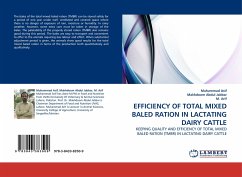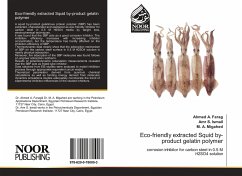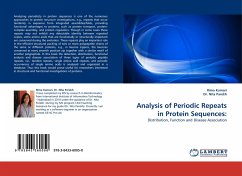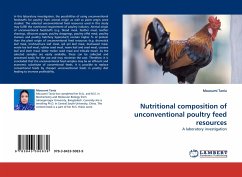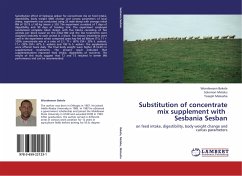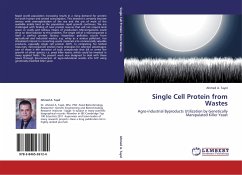
Effects of Ration
On Protein-Nitrogen flux and mantle muscle Growth in a Sepliod
Versandkostenfrei!
Versandfertig in 6-10 Tagen
41,99 €
inkl. MwSt.

PAYBACK Punkte
21 °P sammeln!
Growth can be viewed as a result of a series of processes operating at different levels of organization: changes at the whole animal level, in the relative size of organs, the generation and growth of muscle fibers, and the physiological process of synthesizing protein. The aim of this study was to understand the process of growth at different levels, whole animal and cellular, to recognize how ration level influenced the growth dynamics of the cephalopod Euprymna tasmanica. Somatic growth of the squid, E. tasmanica (Pfeffer, 1884), when exposed to two set rations of mysid shrimp (high, 10% bo...
Growth can be viewed as a result of a series of processes operating at different levels of organization: changes at the whole animal level, in the relative size of organs, the generation and growth of muscle fibers, and the physiological process of synthesizing protein. The aim of this study was to understand the process of growth at different levels, whole animal and cellular, to recognize how ration level influenced the growth dynamics of the cephalopod Euprymna tasmanica. Somatic growth of the squid, E. tasmanica (Pfeffer, 1884), when exposed to two set rations of mysid shrimp (high, 10% body weight per day and low, 3% body weight per day), was examined at the whole-body and cellular level using various methods. Whole-body growth was assessed using weight and dorsal mantle length (DML) relationships, gonad to somatic indices (GSI) and nitrogen budgets created from measurements of protein nitrogen flux. Cellular growth was described using growth correlates (RNA and protein ratios) and histological analyses of mantle muscle block widths and frequency distributions of fiber sizes and densities.



